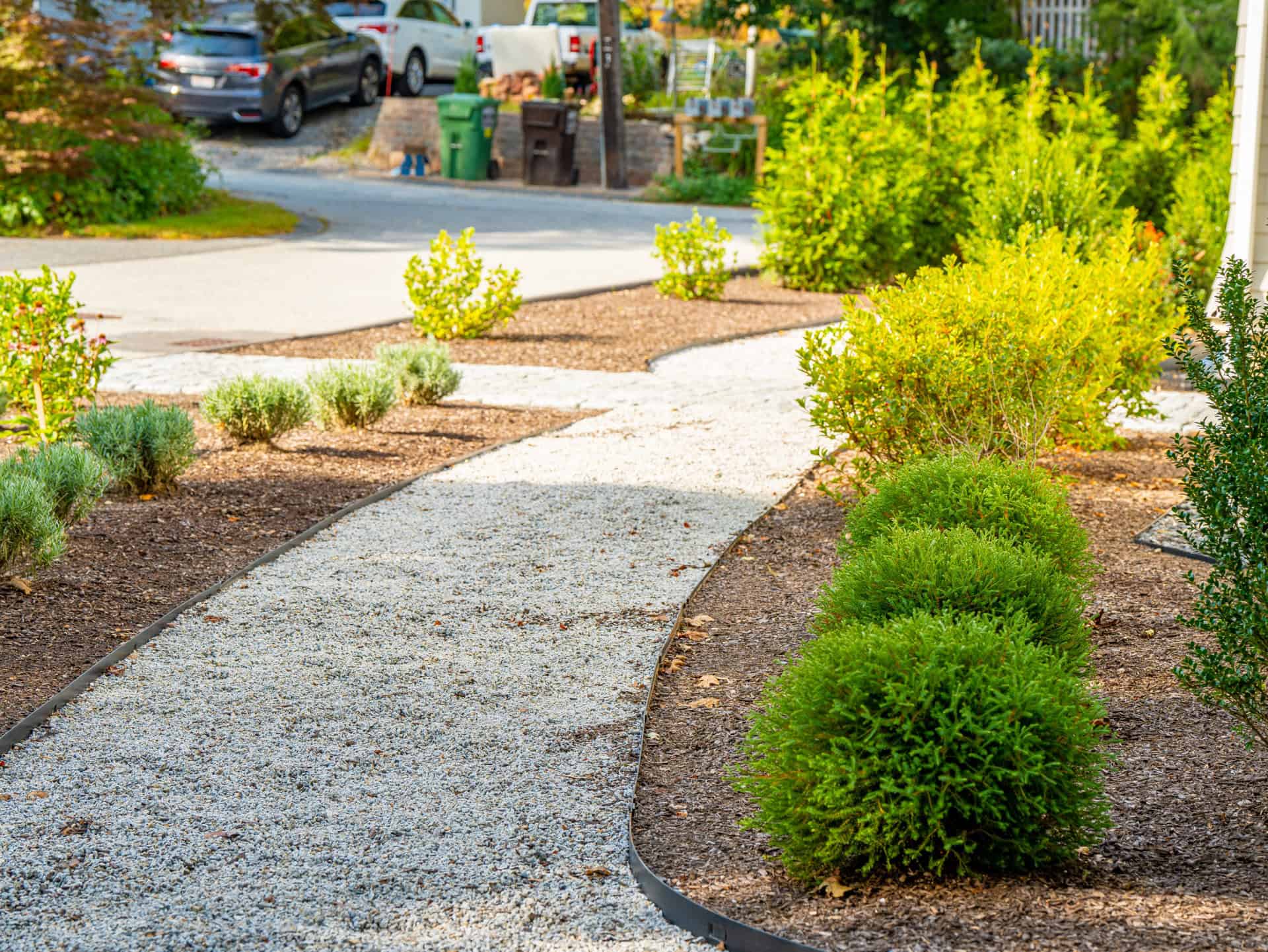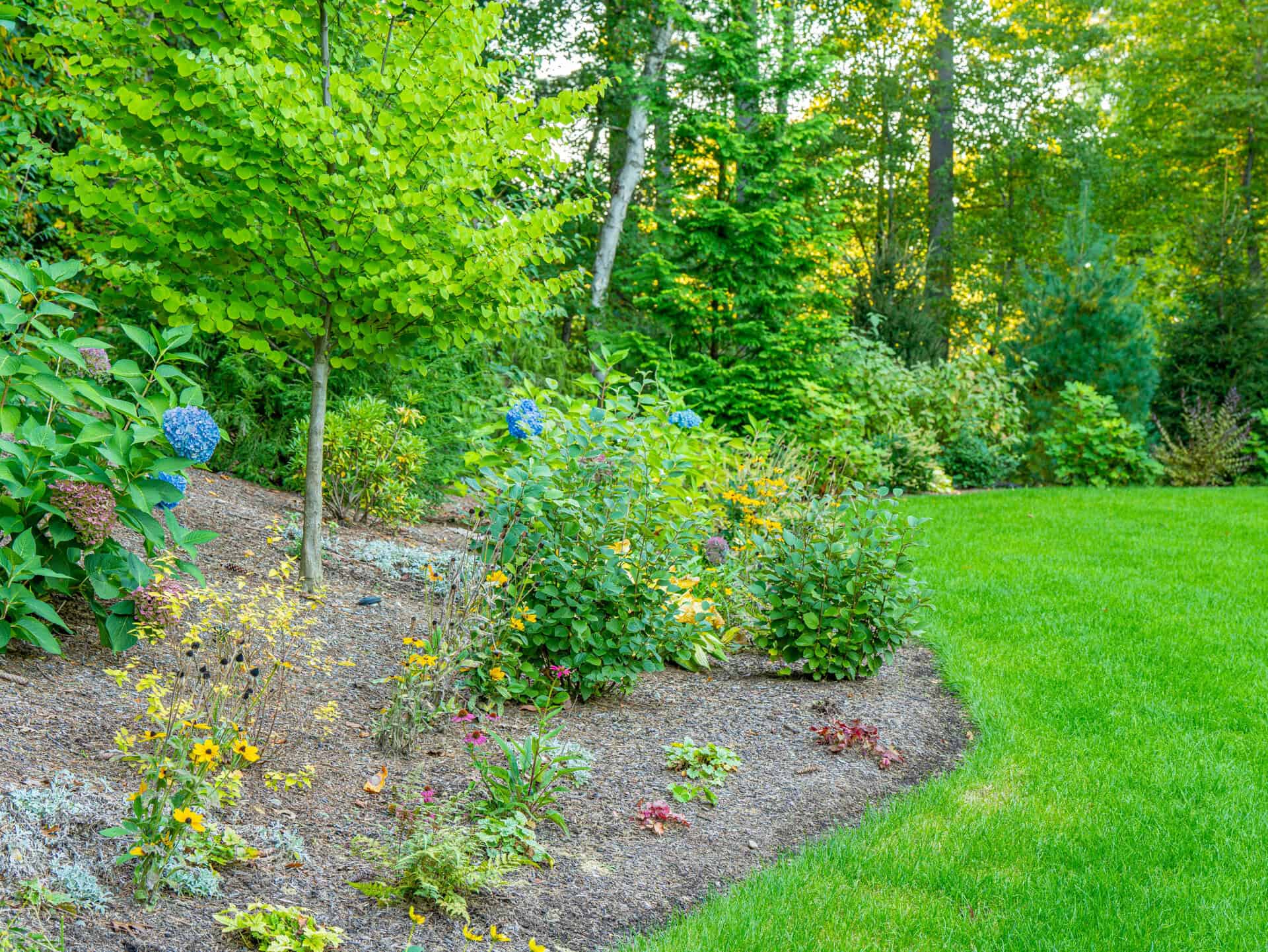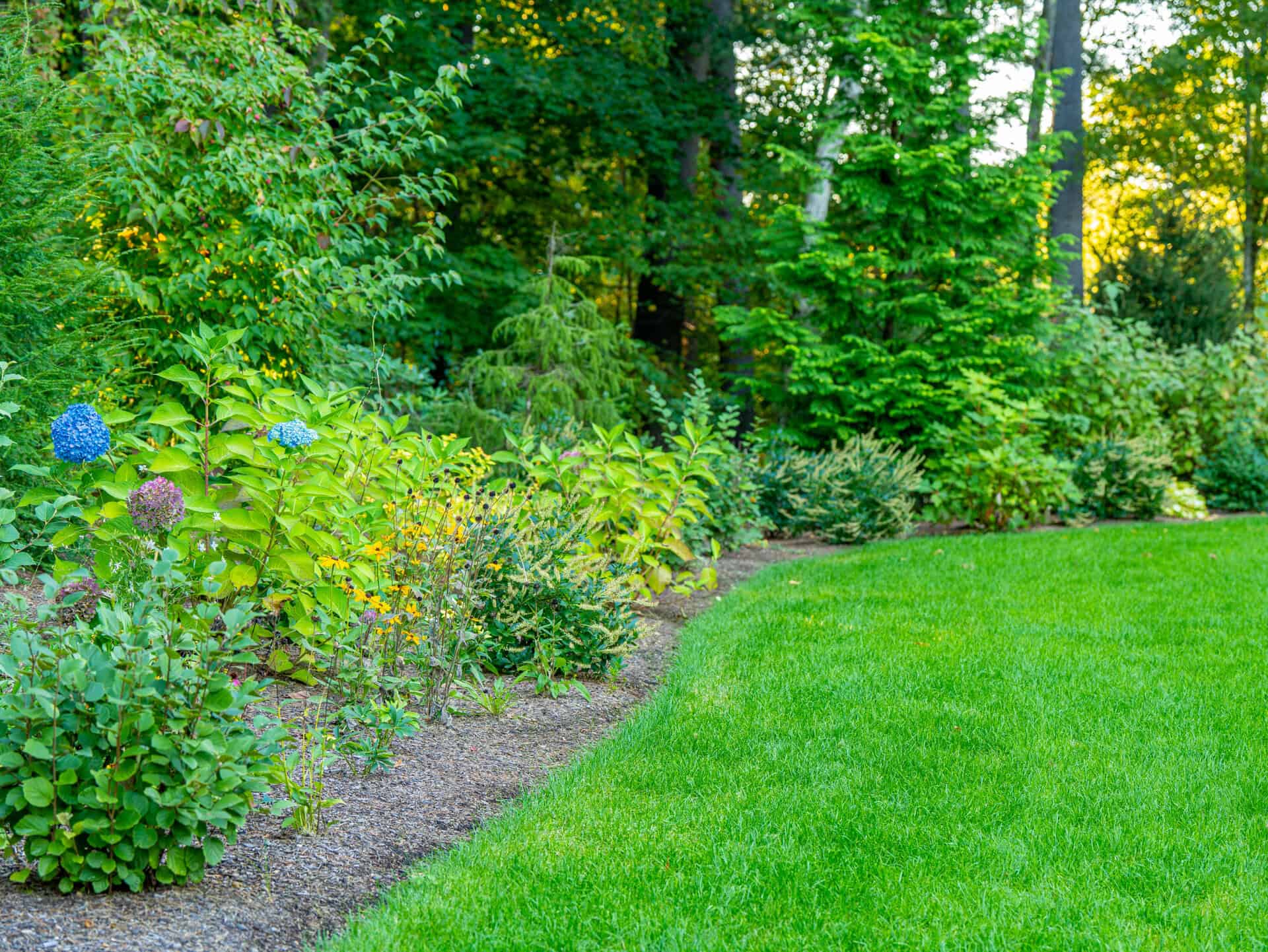Planting
Essential Guide to Planting Trees, Shrubs, and Flowers in Massachusetts: Expert Advice from Millennial Landscape & Construction
Welcome to Millennial Landscape & Construction, your premier choice for high-end landscaping and hardscaping in Massachusetts. As specialists in crafting luxurious outdoor spaces, we understand that choosing the right plants for your property can transform your garden into a stunning oasis. To help you navigate the world of planting trees, shrubs, and flowers, we’ve compiled answers to some of the most frequently asked questions.
Let’s talk about your property!
What are the benefits of planting trees, shrubs, and flowers in my garden?
Planting trees, shrubs, and flowers offers numerous benefits:
- Aesthetic Appeal: Enhances the visual appeal of your property with seasonal colors, textures, and forms.
- Privacy and Screening: Provides natural barriers and screens to enhance privacy and create intimate outdoor spaces.
- Environmental Benefits: Trees improve air quality, provide shade, and reduce heat island effects. Shrubs and flowers support local wildlife and contribute to biodiversity.
- Increased Property Value: A well-landscaped garden can significantly boost the value of your home and make it more attractive to potential buyers.
What types of trees are best for homes in Massachusetts?
For high-end properties in Massachusetts, consider these types of trees:
- Deciduous Trees: Oaks, maples, and beech trees offer stunning fall color and provide shade.
- Evergreens: Spruce, firs, arborvitae, juniper, and cedar trees provide year-round greenery and create a sense of permanence.
- Ornamental Trees: Japanese maples, dogwoods, and flowering cherries add beauty and focal points to your landscape.
- Fruit Trees: Apples, pears, and plums can provide both beauty and a practical harvest. Ensure the chosen varieties are suited to the Massachusetts climate.
How do I choose the right shrubs for my garden?
Selecting shrubs for your garden involves considering several factors:
- Purpose: Decide if the shrubs will be used for privacy, foundation planting, or decorative purposes.
- Size and Growth: Choose shrubs that fit the scale of your property and won’t outgrow their space. Consider mature size and growth rate.
- Seasonal Interest: Opt for shrubs with year-round appeal, such as evergreen varieties or those with seasonal flowers and berries.
- Maintenance: Select shrubs that match your maintenance preferences, whether you prefer low-maintenance options or are willing to invest time in regular care.
What are the best flowering plants for gardens in Massachusetts?
Gardens benefit from a mix of perennials and annuals:
- Perennials: Consider plants like astilbe, hostas, and catmint for their long-lasting beauty and low maintenance.
- Annuals: Add vibrant colors with annuals such as petunias, impatiens, and geraniums. These can be replaced seasonally for continuous blooms.
- Bulbs: Spring bulbs like tulips, daffodils, and hyacinths offer stunning early-season color and can be complemented with summer and fall bulbs.
When is the best time to plant trees, shrubs, and flowers in Massachusetts?
Timing is crucial for successful planting:
- Trees and Shrubs: The best time to plant is either in the fall (September to November) or early spring (March to May). Fall planting allows roots to establish before winter, while spring planting gives plants a head start before the growing season.
- Flowers: Perennials can be planted in spring or fall, while annuals are best planted after the last frost in spring. Bulbs should be planted in the fall to ensure they bloom the following spring.
How should I prepare the soil for planting?
Proper soil preparation is essential for healthy plant growth:
- Soil Testing: Test your soil to determine pH and nutrient levels. Amend the soil based on the results to ensure it meets the needs of your plants.
- Amendments: Improve soil structure and fertility by adding organic matter such as compost or aged manure. This helps with drainage, nutrient availability, and overall soil health.
- Tilling: Loosen the soil to a depth of 12-18 inches to promote root growth and ensure that plants have access to necessary nutrients.
What are some common planting mistakes to avoid?
Avoid these common pitfalls:
- Poor Planting Depth: Ensure that plants are planted at the correct depth, with the root collar (where roots meet the stem) level with the soil surface.
- Overcrowding: Allow adequate space between plants to prevent competition for resources and to ensure proper air circulation.
- Inadequate Watering: Water plants thoroughly after planting and maintain consistent moisture, especially during the establishment period.
- Ignoring Sun and Soil Requirements: Match plants to their specific light and soil needs to ensure optimal growth and health.
How can I create a cohesive design with trees, shrubs, and flowers?
Achieve a harmonious design by considering these principles:
- Theme and Style: Define a theme or style for your garden, such as formal, informal, or contemporary, and choose plants that complement this style.
- Color Scheme: Select a color palette that enhances the overall look of your garden. Combine complementary colors and consider seasonal variations.
- Texture and Form: Incorporate a mix of textures and forms to add interest and depth. Combine different leaf shapes, plant heights, and growth habits.
- Focal Points: Use specimen trees, flowering shrubs, or striking flower beds as focal points to draw attention and create visual interest.
How do I ensure proper maintenance of my garden plants?
Effective maintenance practices include:
- Regular Pruning: Prune trees and shrubs to remove dead or diseased wood and to shape the plants. This promotes healthy growth and maintains the desired form.
- Fertilization: Feed plants with appropriate fertilizers based on their specific needs. Follow recommended application rates and schedules.
- Pest and Disease Management: Monitor plants for signs of pests or diseases and take appropriate action to address any issues.
- Mulching: Apply mulch around plants to conserve moisture, suppress weeds, and regulate soil temperature.
Can I incorporate native plants into my garden design?
Yes, incorporating native plants is a great idea:
- Benefits: Native plants are adapted to local soil, climate, and ecological conditions, making them more resilient and easier to maintain. They also support local wildlife, including pollinators and birds.
- Examples: Consider native species such as Eastern Red Cedar, Highbush Blueberry, and Black-eyed Susan. These plants provide beauty and ecological benefits while thriving in the Massachusetts environment.
How can Millennial Landscape & Construction assist with planting trees, shrubs, and flowers?
At Millennial Landscape & Construction, we offer comprehensive services to bring your garden vision to life:
- Design Consultation: Our team will work with you to design a landscape plan that incorporates trees, shrubs, and flowers suited to your preferences and the unique characteristics of your property.
- Expert Plant Selection: We provide guidance on selecting the best plants for your garden, ensuring they match your design goals and the Massachusetts climate.
- Professional Installation: Our skilled team will handle the planting process, ensuring proper techniques and care for optimal plant health and longevity.
- Ongoing Maintenance: We offer maintenance services to keep your garden in pristine condition, including pruning, fertilizing, and pest management.
Bringing Happiness to Your Everyday
Properly installed and maintained outdoor living spaces can exponentially enhance the satisfaction of spending time at home. Whether you are decompressing and self-soothing with a book and a cup of coffee, or have a yard full of kids running around, you will truly appreciate your surroundings.
At Millennial Landscape & Construction, we are dedicated to creating stunning, high-end landscapes that elevate your property. If you have more questions or are ready to start transforming your garden, contact us today for a consultation. We look forward to working with you to create a luxurious outdoor space that reflects your style and enhances your home.





